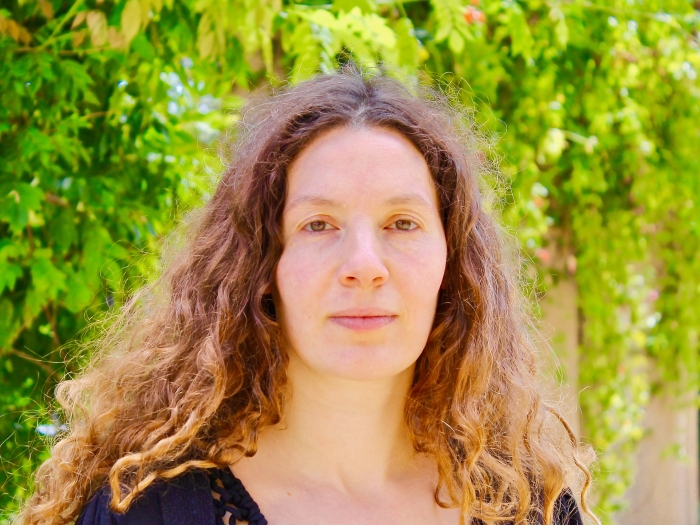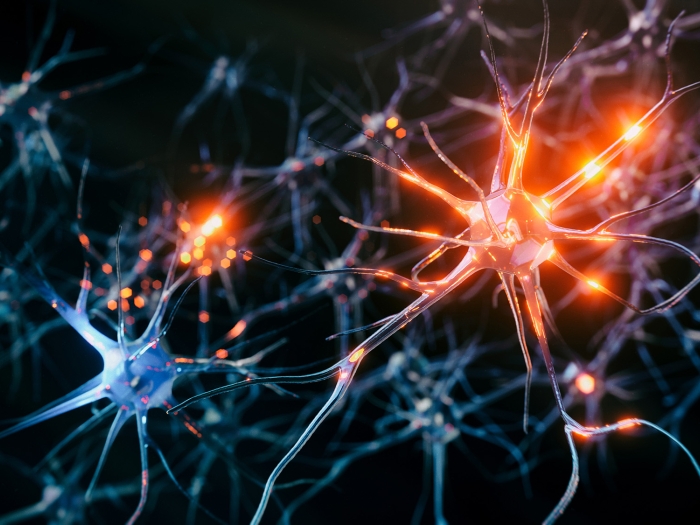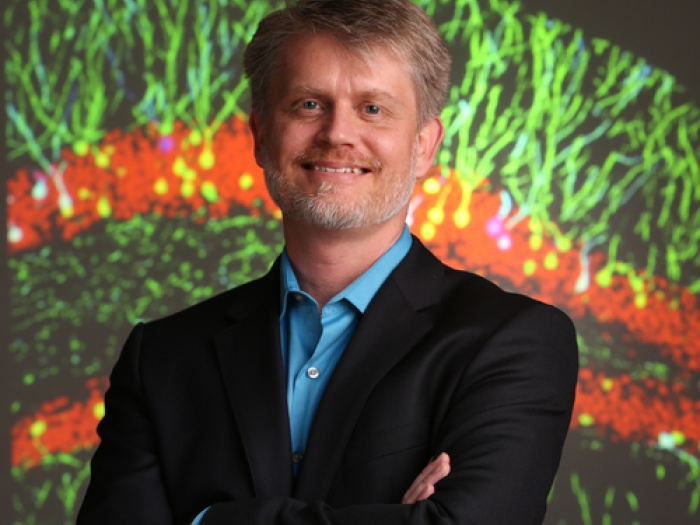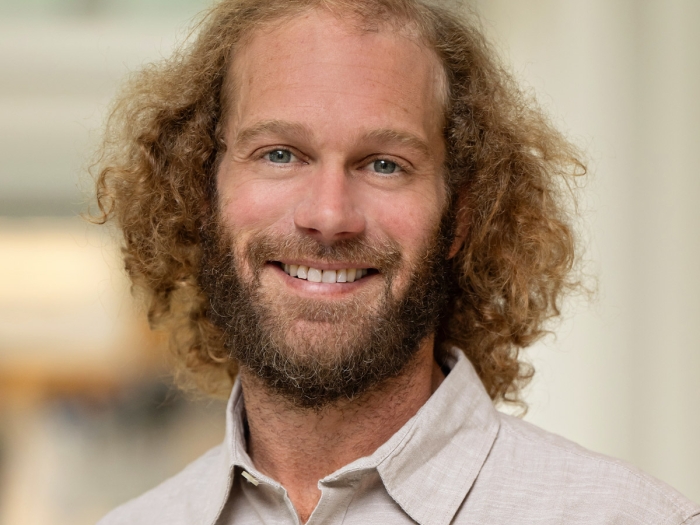Palmer Commons, Forum Hall
"Chemically probing the landscape of RNA-protein networks inside of the cell"
Abstract
We are interested in deciphering RNA-protein networks in cells, which are the result of interactions between RNA sequence/structural features and dynamic populations of RNA-binding proteins. These networks drive essential biological functions and are implicated in various diseases. To illuminate features that mediate the function and dysfunction of RNA molecules, we employ a suite of technologies known as mutational profiling (MaP) experiments. In MaP, reactive chemical probes mark RNA molecules where a measured event takes place, for example protein binding, RNA folding, or small molecule interaction. The locations of these marks on RNA can be encoded as “mutations” during reverse transcription and read out by massively parallel sequencing. The original native cellular context of the chemically probed RNA can be reconstructed from MaP sequencing computationally.
Using MaP technologies, we have defined features of RNA responsible for a variety of biology, including sequences and structures mediating RNA localization, assembly into complexes, and disease activity. We are further developing the technology for identification of RNA-binding protein interactions and small-molecule-interacting sites on RNAs transcriptome-wide.
By mapping the uncharted landscapes of RNA-protein networks, our research provides a foundation for understanding new RNA biology and for advancing RNA-targeted therapeutic interventions.
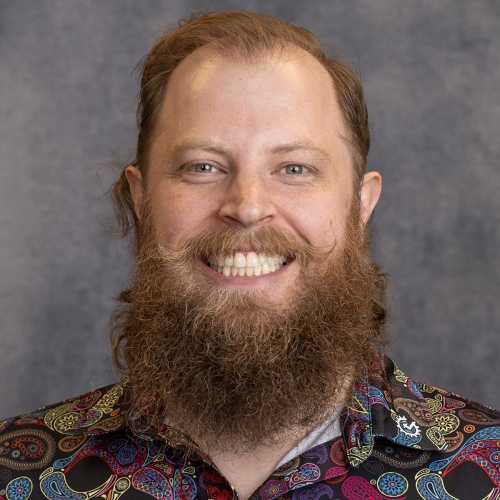
Assistant Professor

Professor

Assistant Professor
